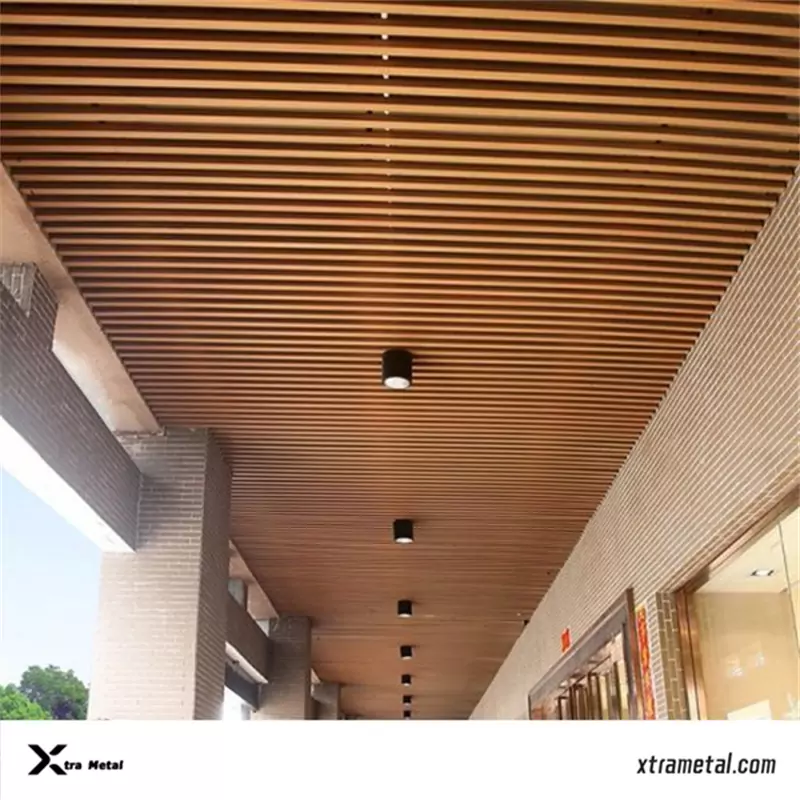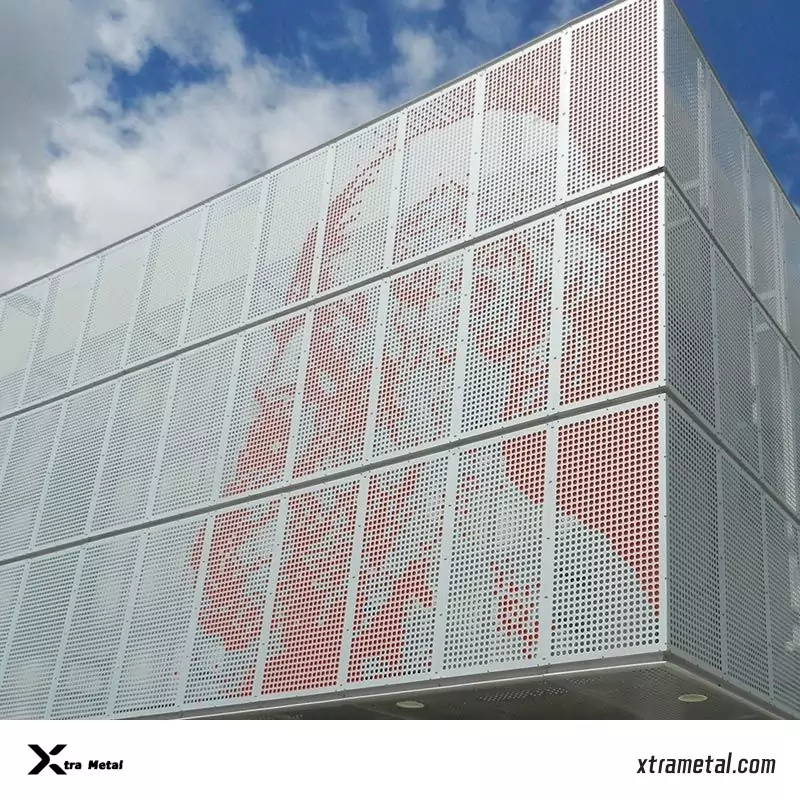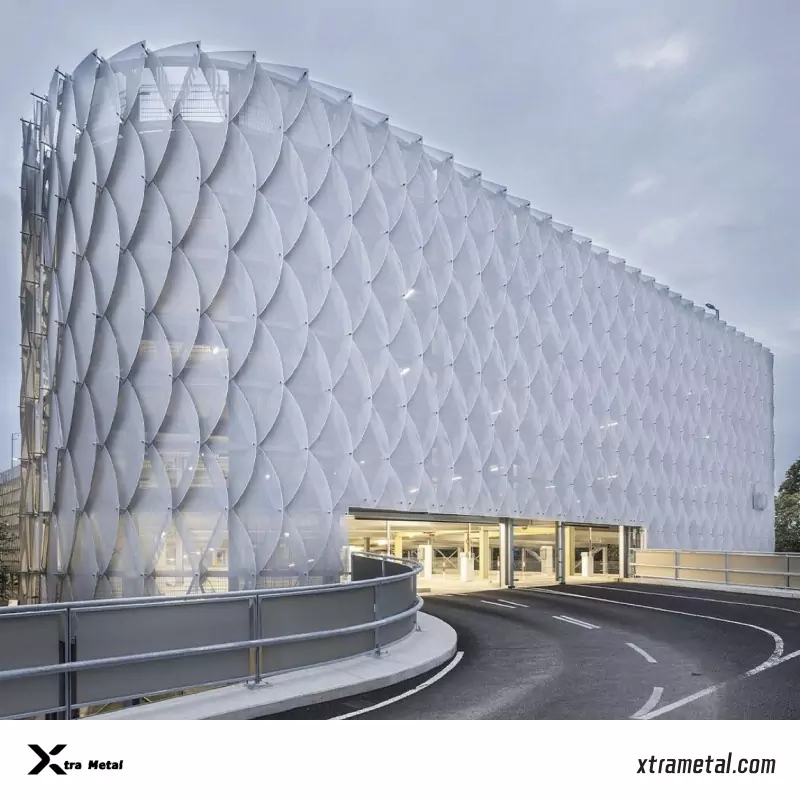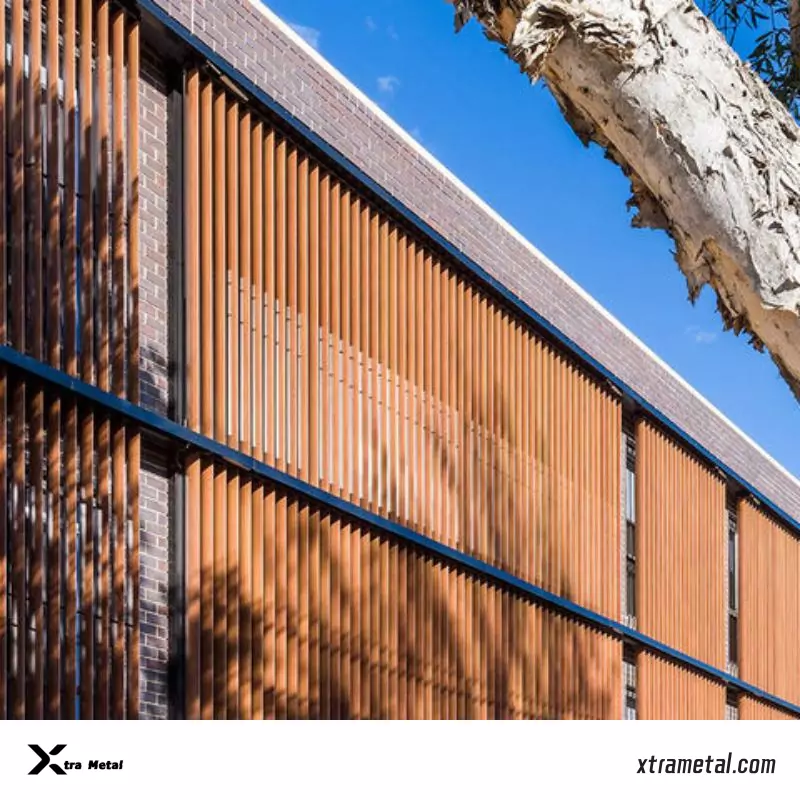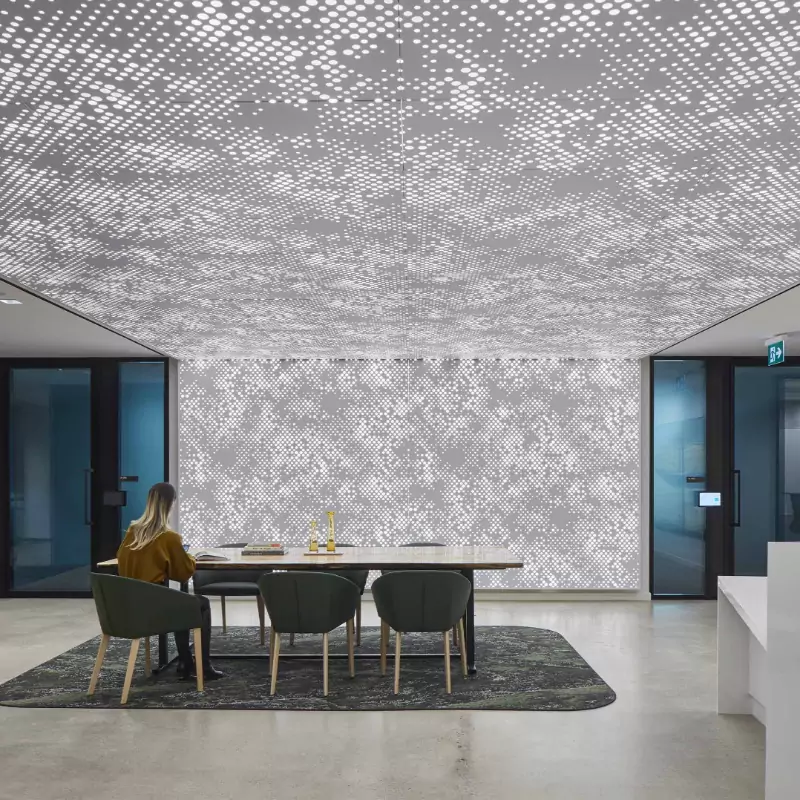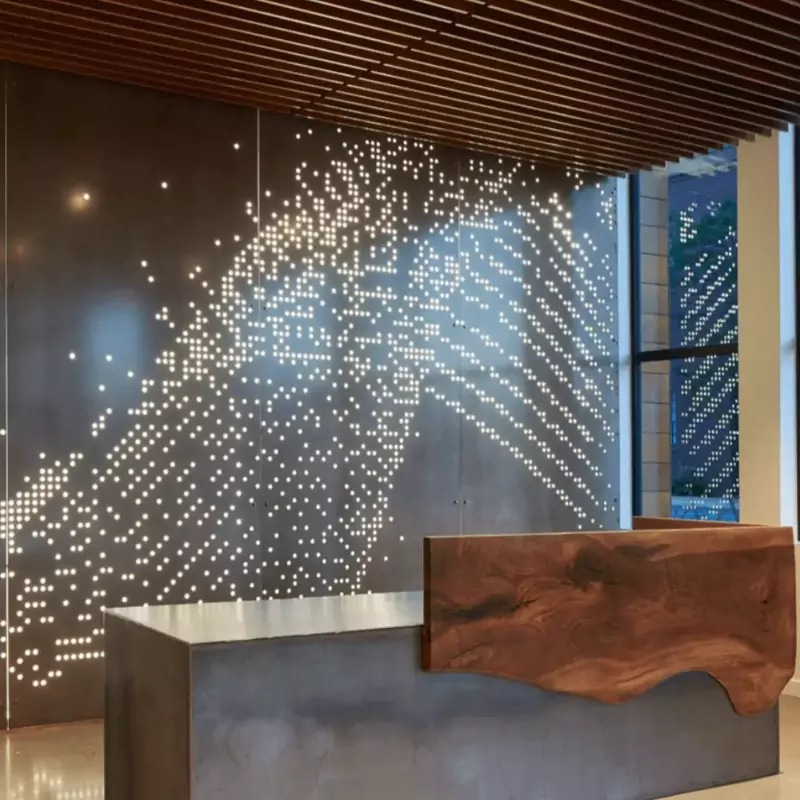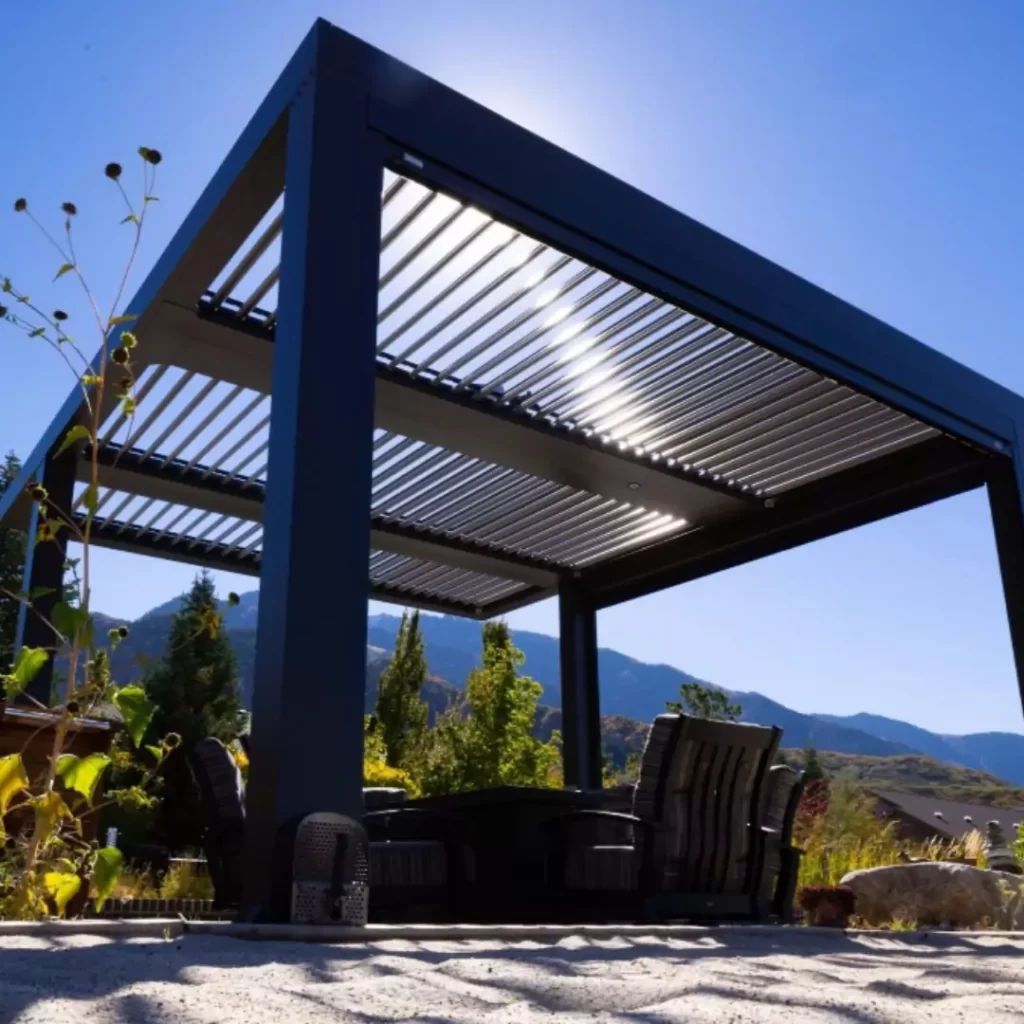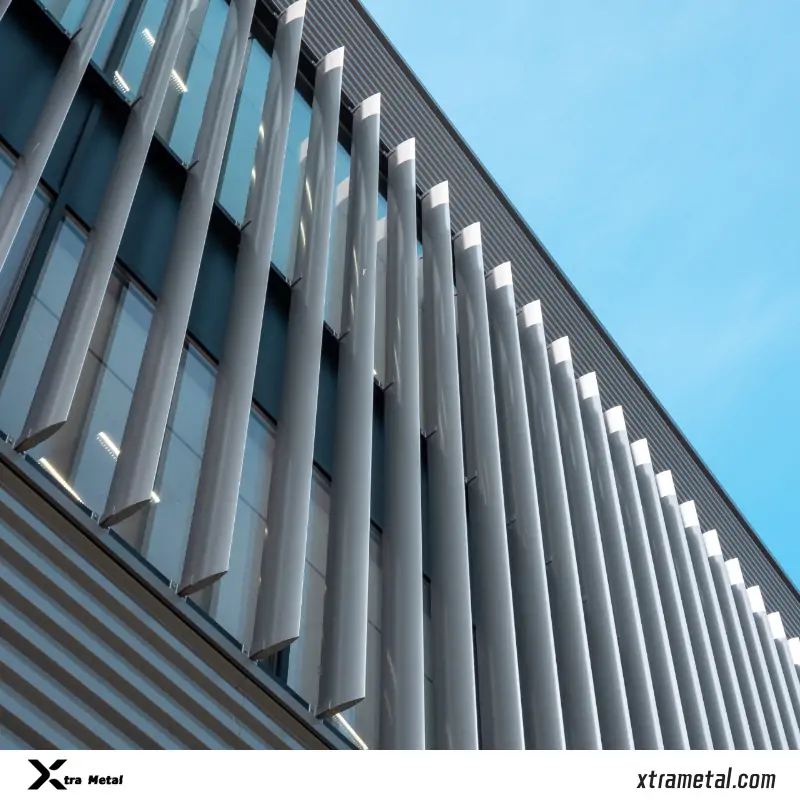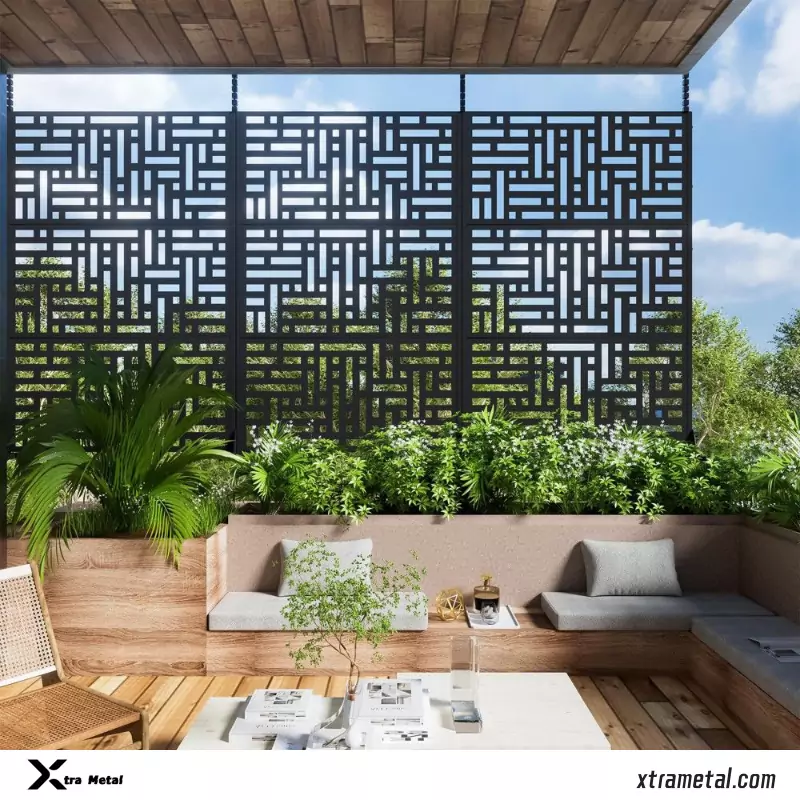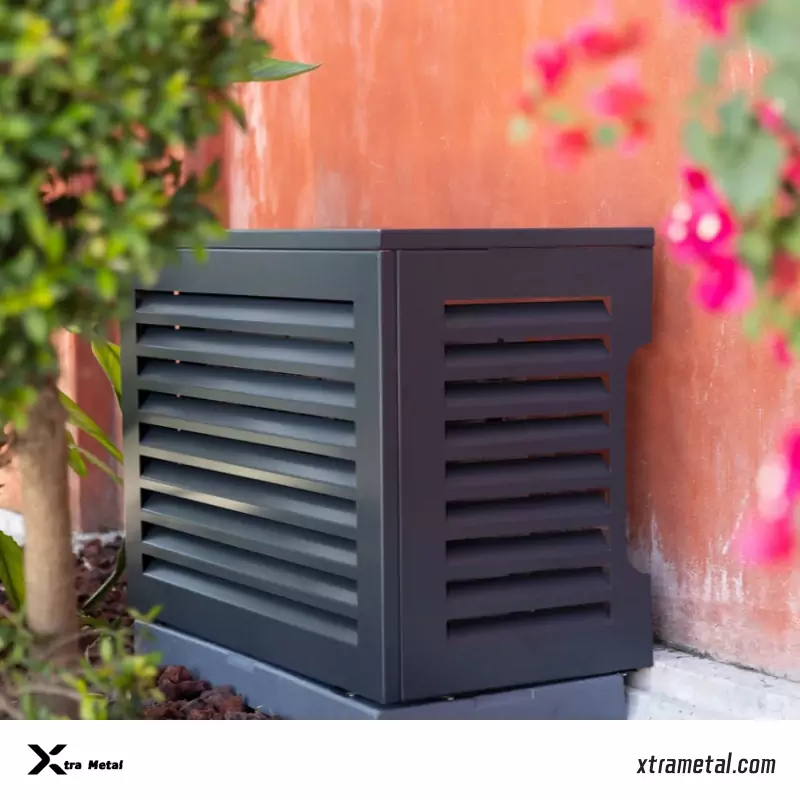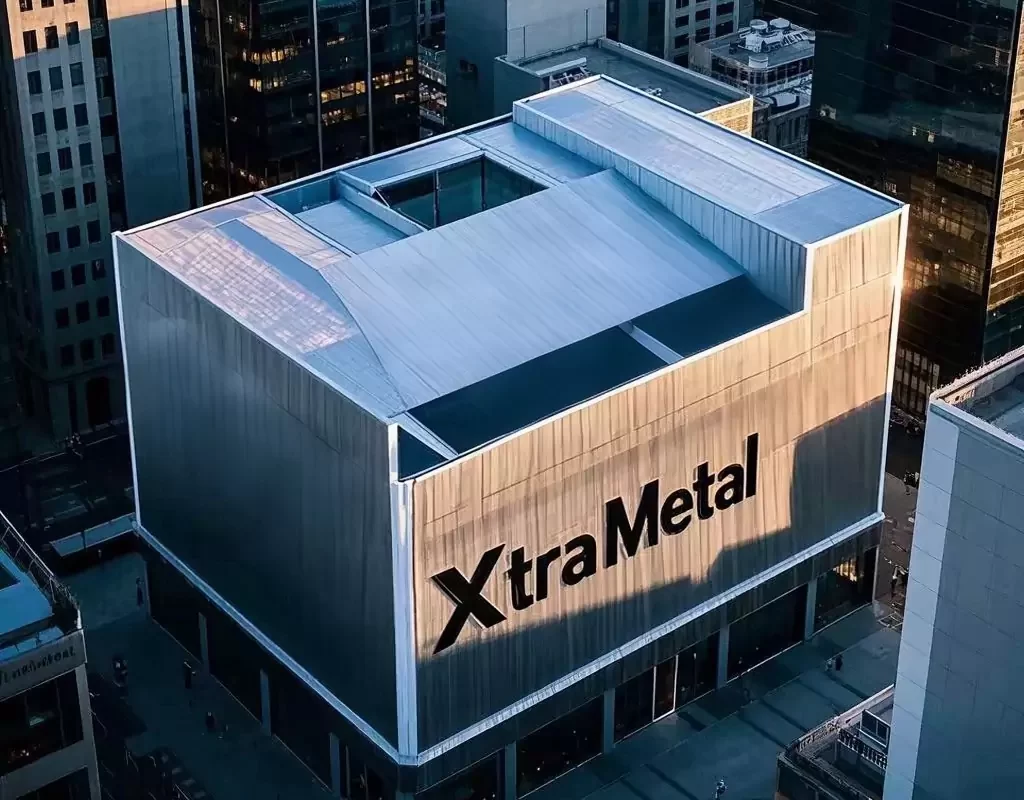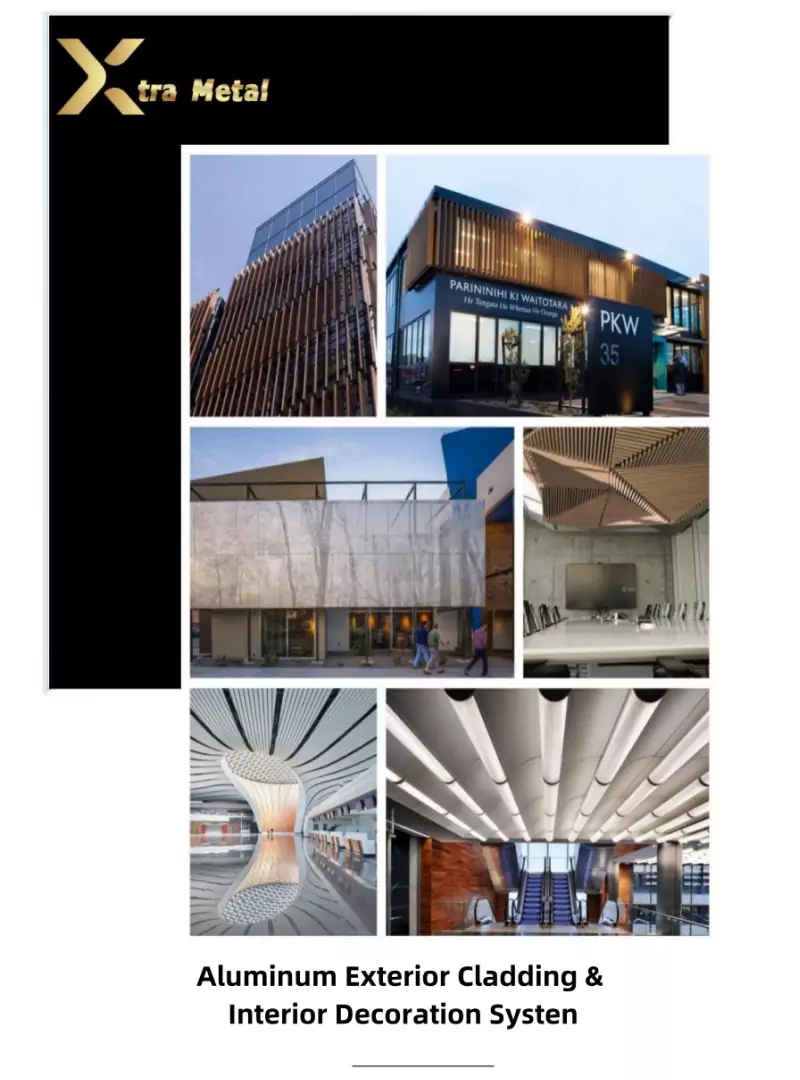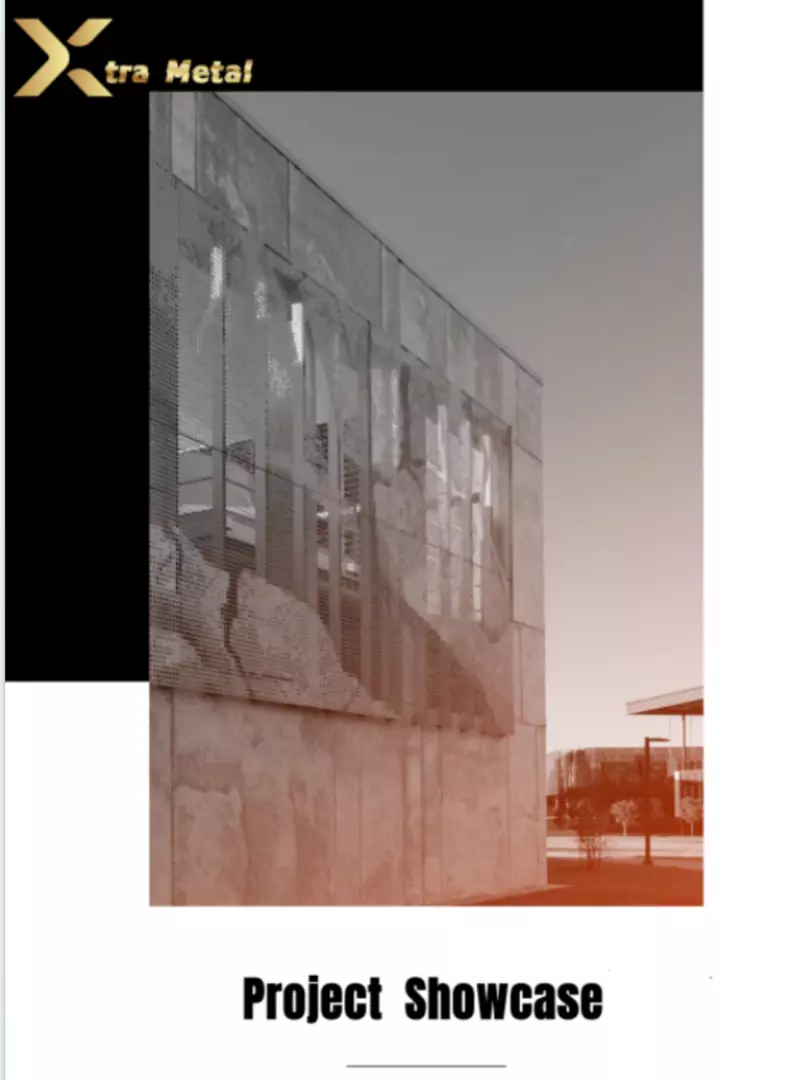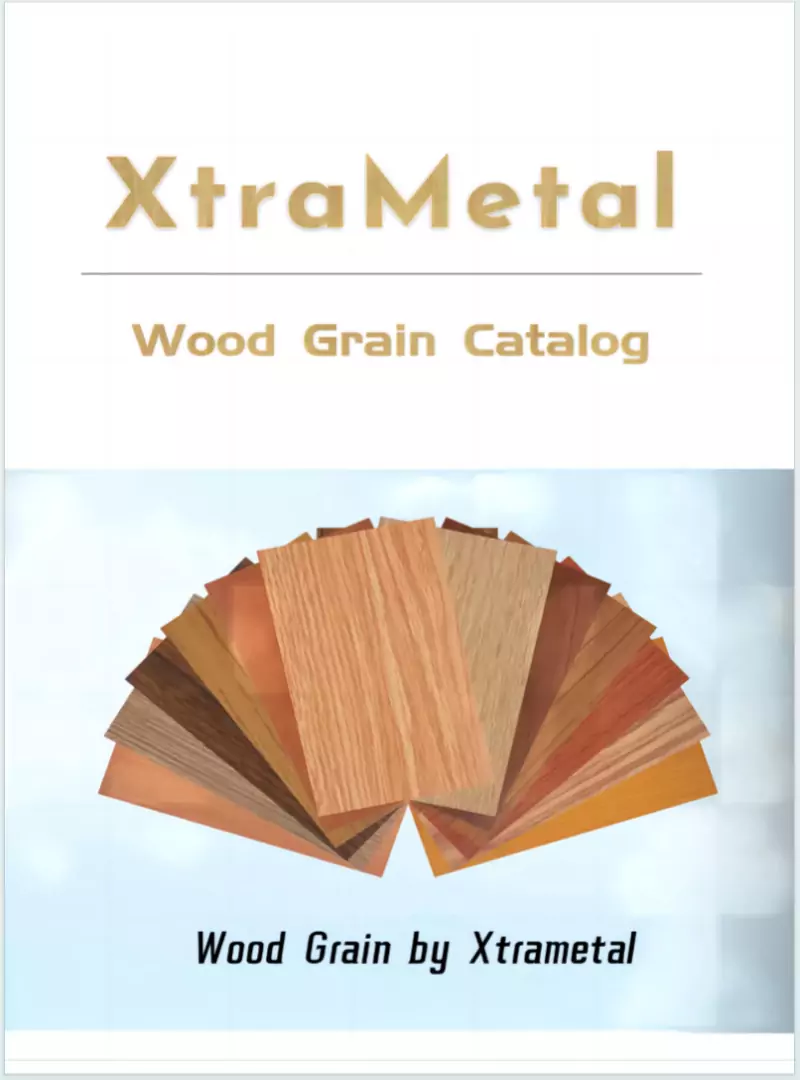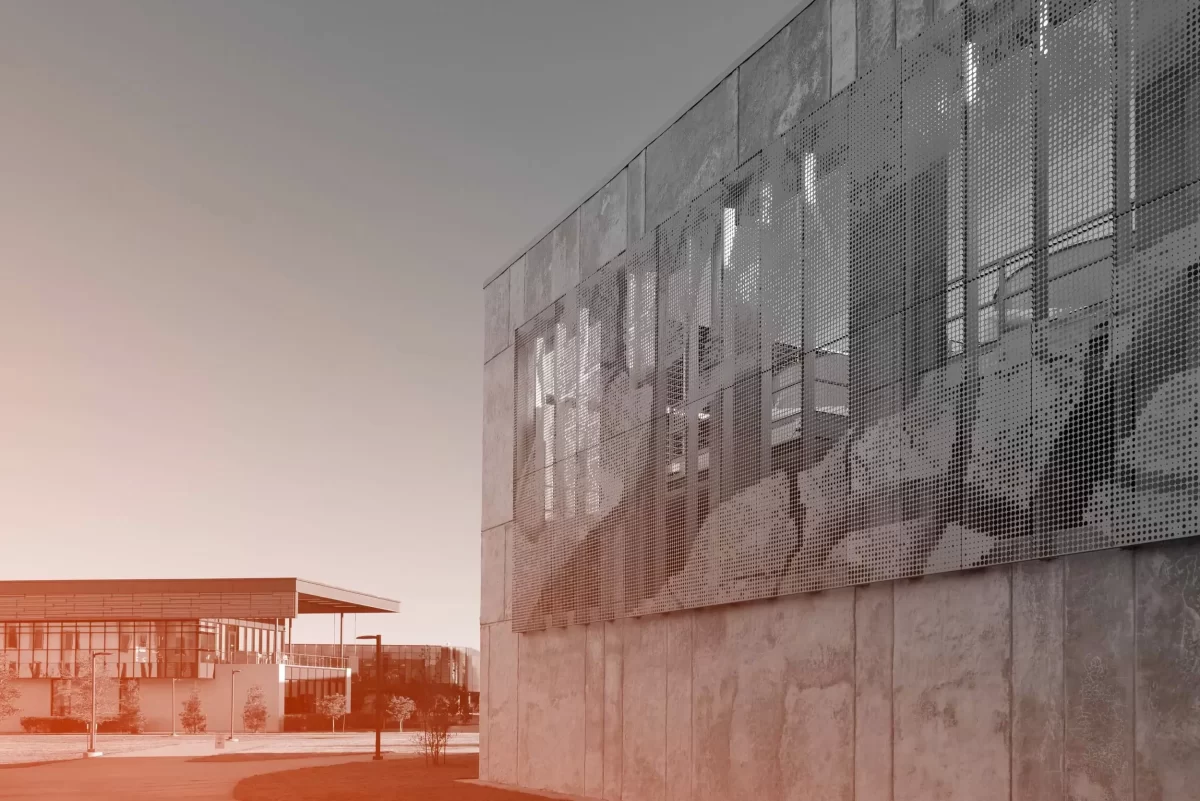How much does an aluminium cladding panel weigh?
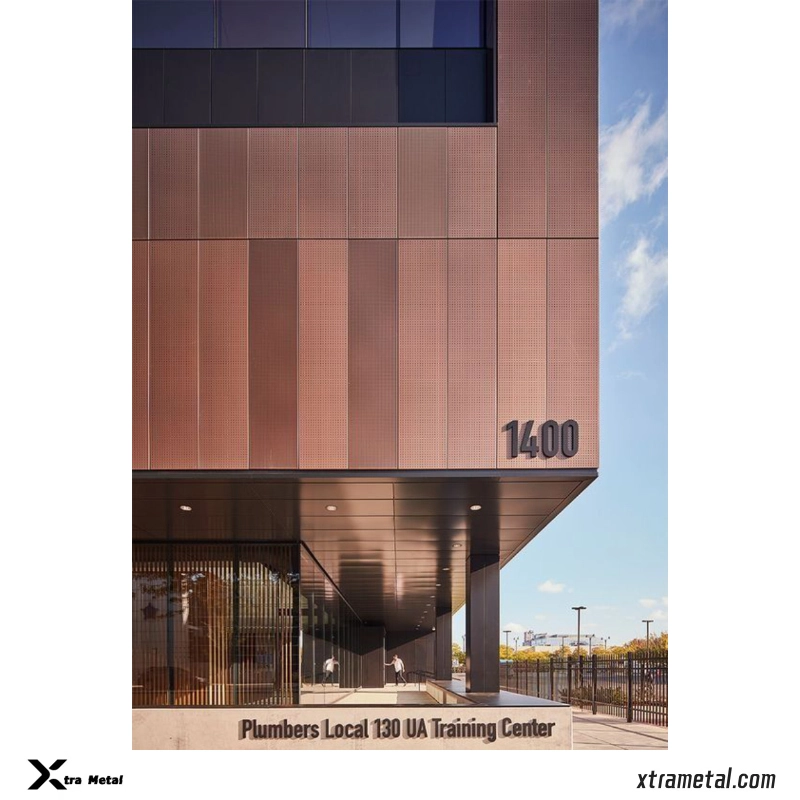
The weight of an aluminium cladding panel depends on its thickness and dimensions. A standard 3mm-thick panel weighs approximately 8.1 kg/m² (based on aluminium’s density of 2.7 g/cm³). Thicker gauges, such as 4mm or 6mm, proportionally increase to 10.8 kg/m² or 16.2 kg/m², respectively. At Xtra Metal Group, we tailor panels to project-specific requirements—adjusting thickness, […]
What Is The Difference Between Vertical And Horizontal Louvers?
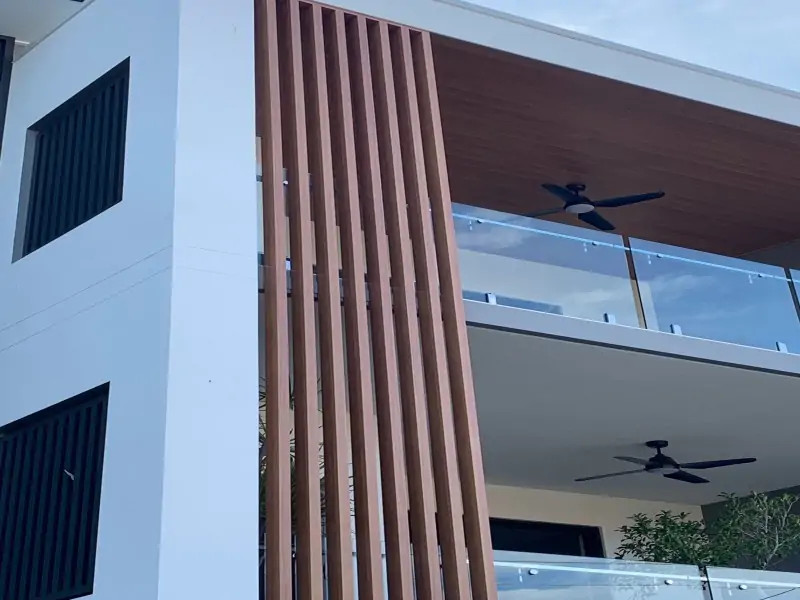
In this article, we will break down the fundamental differences between vertical and horizontal louvers, so you can pick the right one for your next project.
What is the standard size of aluminium cladding?
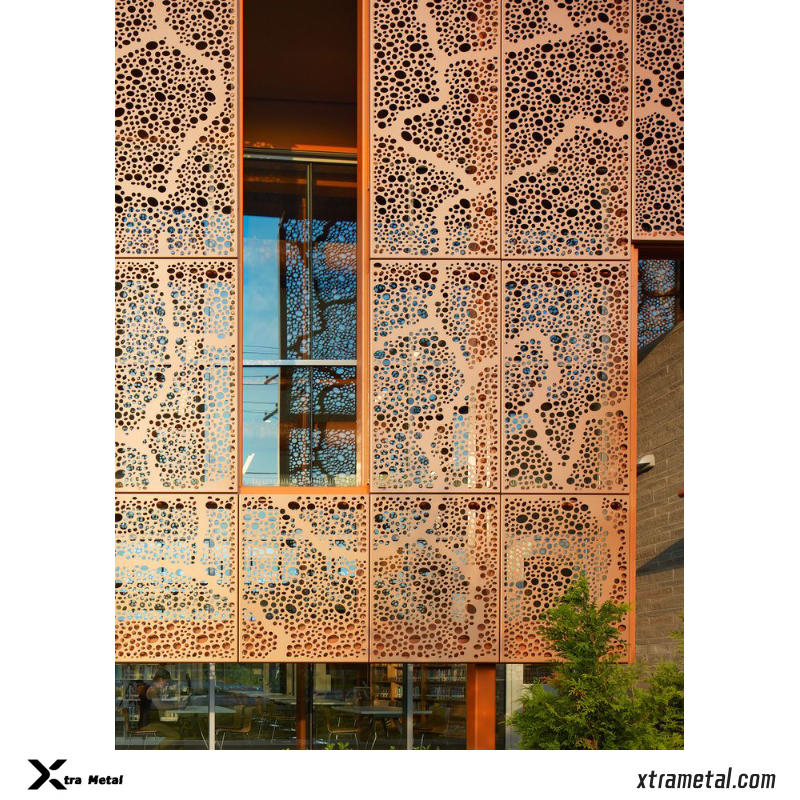
The standard size of aluminium cladding panels typically ranges from 3-6 meters in length, 100-300mm in width, and 2-4mm in thickness, depending on structural and aesthetic requirements. However, at Xtra Metal Group, we prioritize customization to align with project-specific needs, offering tailored dimensions for unique architectural designs or performance demands (e.g., wind load resistance, thermal […]
Is metal cladding good for a house?
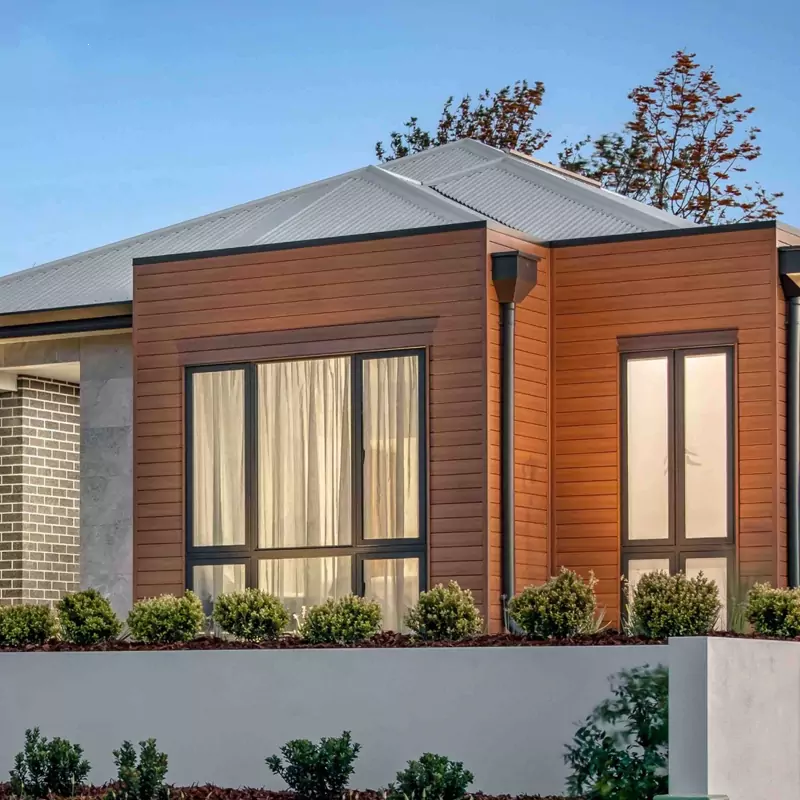
Yes, metal cladding is an excellent choice for residential applications when engineered correctly. Aluminum-based systems (like ours at Xtra Metal Group) offer superior weather resistance, fire safety, and minimal maintenance compared to traditional materials. Modern finishes ensure UV stability and aesthetic versatility, from sleek contemporary profiles to textured woodgrain effects. Proper thermal design prevents condensation […]
What is the best metal for cladding?
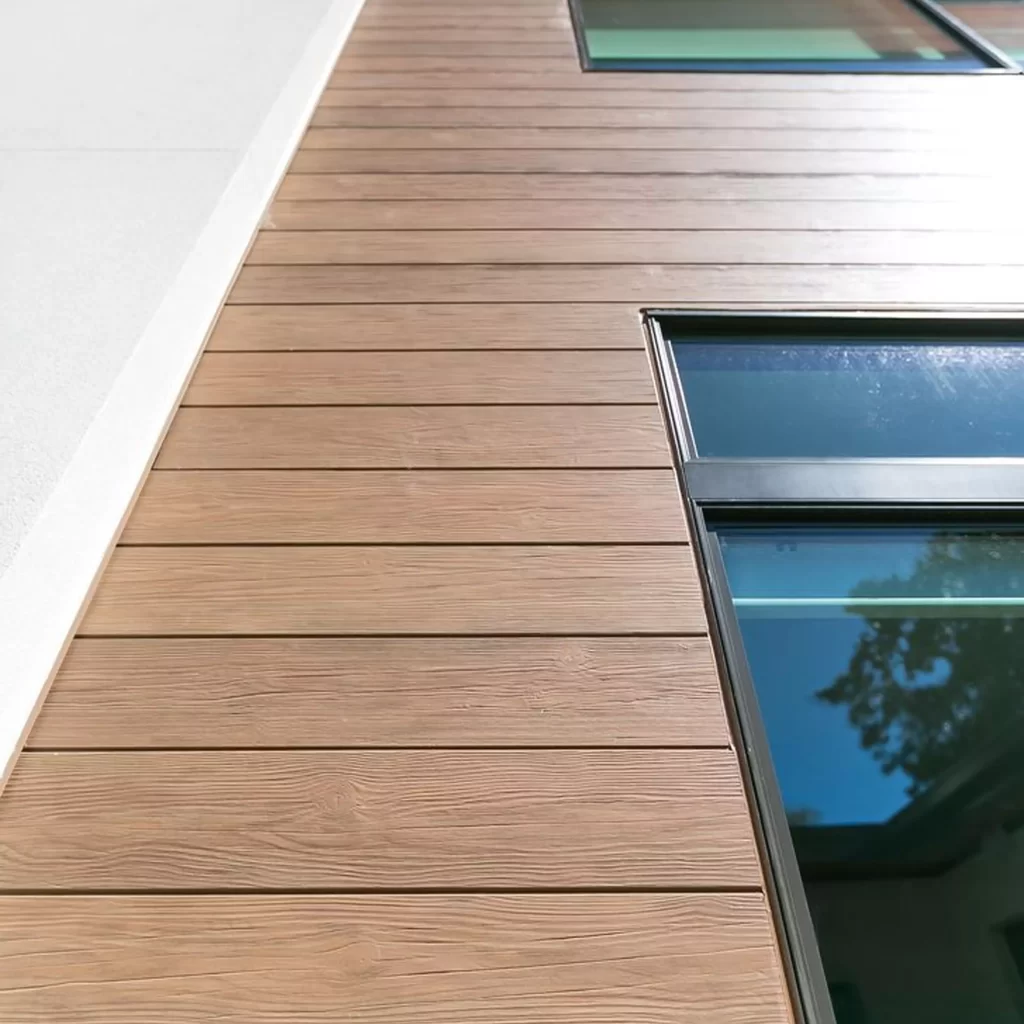
Aluminum is widely regarded as the optimal metal for cladding due to its lightweight nature, corrosion resistance, and versatility. Its high strength-to-weight ratio simplifies installation, while anodized or coated finishes enhance durability against UV exposure and harsh weather. Aluminum also requires minimal maintenance and supports sustainable design through recyclability. Alternatives like zinc, copper, or stainless […]
What is the cheapest way to clad an exterior wall?
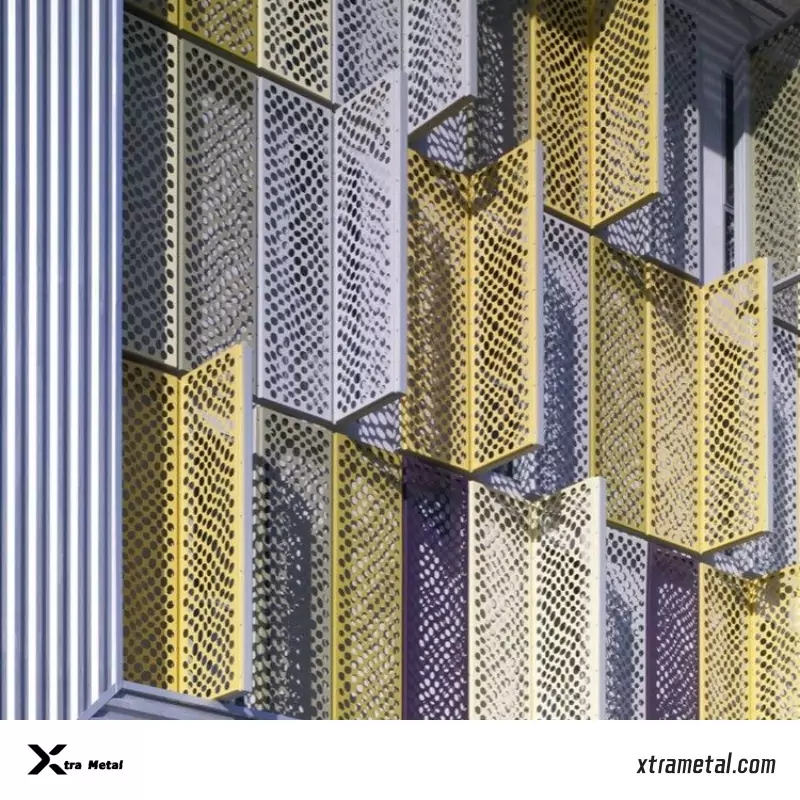
The most cost-effective exterior cladding typically uses aluminum composite panels (ACP) or thin-gauge roll-formed aluminum sheets. ACP balances affordability with lightweight durability, while roll-formed panels minimize material waste and labor costs. For budget-conscious projects, opt for standardized profiles and pre-coated finishes to avoid custom tooling expenses. At Xtra Metal Group, we optimize costs without compromising […]
Do people still use aluminum siding?
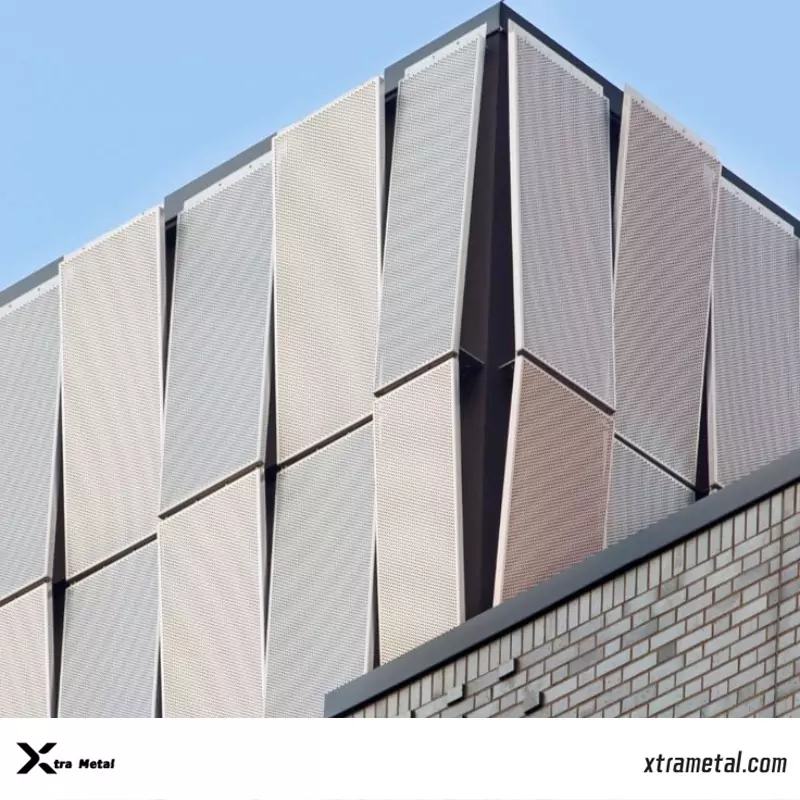
Yes, aluminum siding remains a relevant choice, particularly in commercial and high-end residential projects. While vinyl dominates residential markets, aluminum excels in durability (resisting corrosion, fire, and extreme weather), lightweight structural flexibility, and sustainability (100% recyclable). Modern powder-coated finishes expand design options, achieving wood, stone, or metallic aesthetics with minimal maintenance. At Xtra Metal Group, […]
How thick is aluminum facade cladding?
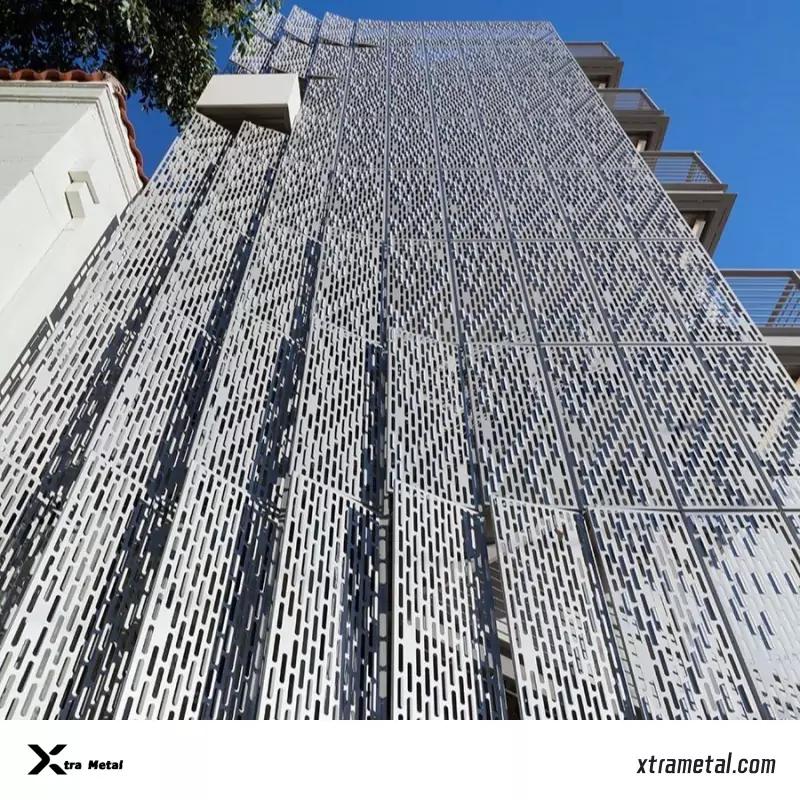
Aluminum facade cladding typically ranges from 1.5mm to 4mm in thickness, depending on functional and design requirements. Thinner gauges (1.5-2.5mm) suit lightweight decorative applications, while thicker panels (3-4mm) enhance structural rigidity for high-rise buildings or extreme climates. At Xtra Metal Group, we engineer thickness based on project-specific parameters like wind load resistance, thermal performance, and […]
Aluminum Cladding: The Ultimate Guide
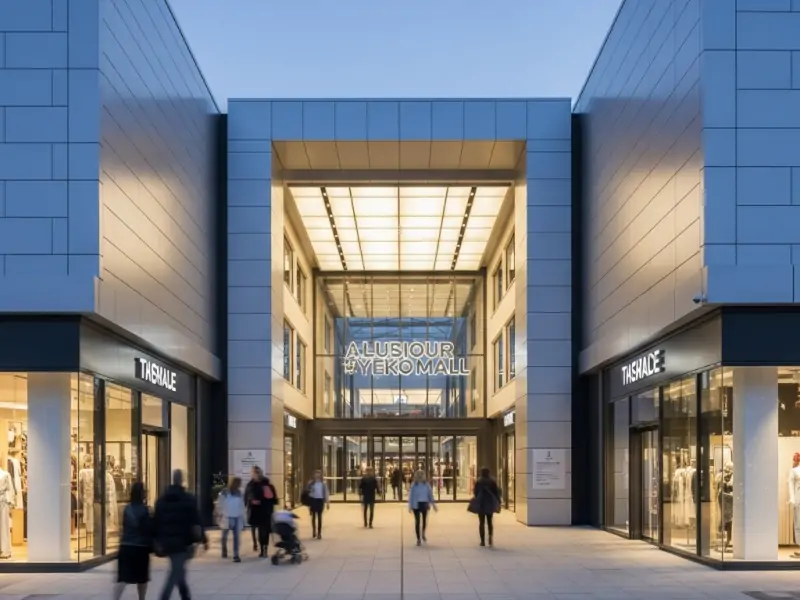
This guide, we will break down everything you need to know about aluminum cladding. We’ll cover what it is, the different types available, its benefits, and much more.
What is the difference between a facade and a soffit?

A facade refers to a building’s primary exterior cladding system, defining its architectural identity and weatherproofing performance. It spans entire elevations and often incorporates complex panel geometries. A soffit, however, is the underside surface of architectural elements like eaves, canopies, or balconies. While both use durable materials like aluminum, soffits prioritize functional aspects (ventilation, moisture […]

